Digging into the moon's secrets
Lunar exploration went out of fashion for decades, but the recent Chang'e-5 mission typifies humankind's renewed interest in our nearest neighbor
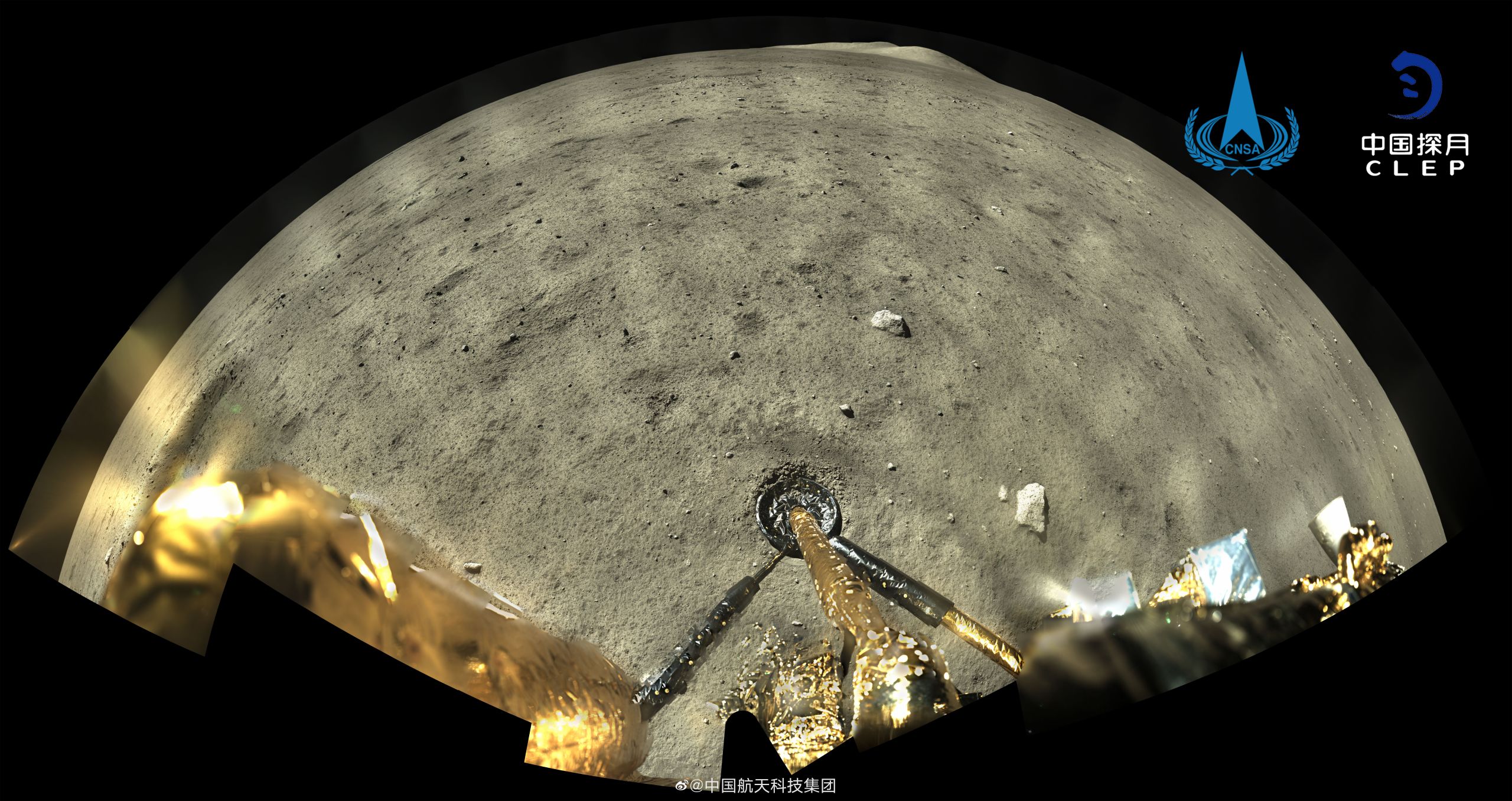
The last time humans recovered samples from the surface of the moon, the European Economic Community had only just expanded from its six original members by welcoming in keen newcomers Denmark, Ireland and the UK. A woman had never led a European country; Angela Merkel was still studying physics at a university in East Germany.
The date was August 1976, and the final mission of the Soviet Union's Luna program gathered 170 grams of moon rock to bring back for analysis. Nobody knew then that it would be almost half a century before anyone would manage to retrieve lunar samples again.
Now, in late 2020, the Chang'e-5 mission has become humankind's latest attempt to understand our closest celestial neighbor. Named after the Chinese goddess of the moon, the Chang'e robotic lunar exploration project began in 2003, with the first launch in 2007.
"Chang'e-5 is an incredibly daring mission from a technical point of view. As a space explorer I'm completely awed"
Chang'e-5 blasted off from Wenchang in Hainan, China's southernmost province, on November 23 and landed on the moon on December 1. It takes China's space program to the next level: As the country's first sample-return mission, it aims to bring back to Earth at least two kilograms of rock and soil samples. If successful, it will make China only the third country in the world to safely return lunar samples, and the first since the Soviet Union's Luna 24 mission in 1976.
"Chang'e-5 is an incredibly daring mission from a technical point of view," says Silvo Sandrone, who leads the New Space Exploration Programmes of Airbus Defence and Space. "As a space explorer I'm completely awed."
If the methods are mind-expanding, so are the possibilities of what we might learn from what we find.
"The moon does hold some interesting scientific secrets," says Andrew Coates, a professor at University College London who has been involved in multiple space missions. "It's been something which has been there for a long time without an atmosphere. And it provides that really interesting way of dating the rest of the solar system."
Coates currently leads the PanCam team for the ExoMars Rosalind Franklin rover, which will be launched to Mars in 2022. But he's enthusiastic about any mission that gathers more information on our solar system – and is therefore delighted that Chang'e-5 has landed on a different part of the moon to those old Russian and American lunar expeditions.
"All of those previous missions went to relatively equatorial places – relatively old, about 3.5 to 3.8 billion years old," he tells CGTN Europe. "The new mission is going to what appears to be more recent lava plains, one to two billion years old.
"So we're going to a relatively new area on the moon, and it will be interesting because we had thought that the moon was basically inactive since about three and a half billion years ago."
What we find in that new area will continue to expand our knowledge, as the moon continues to exert its pull on science.
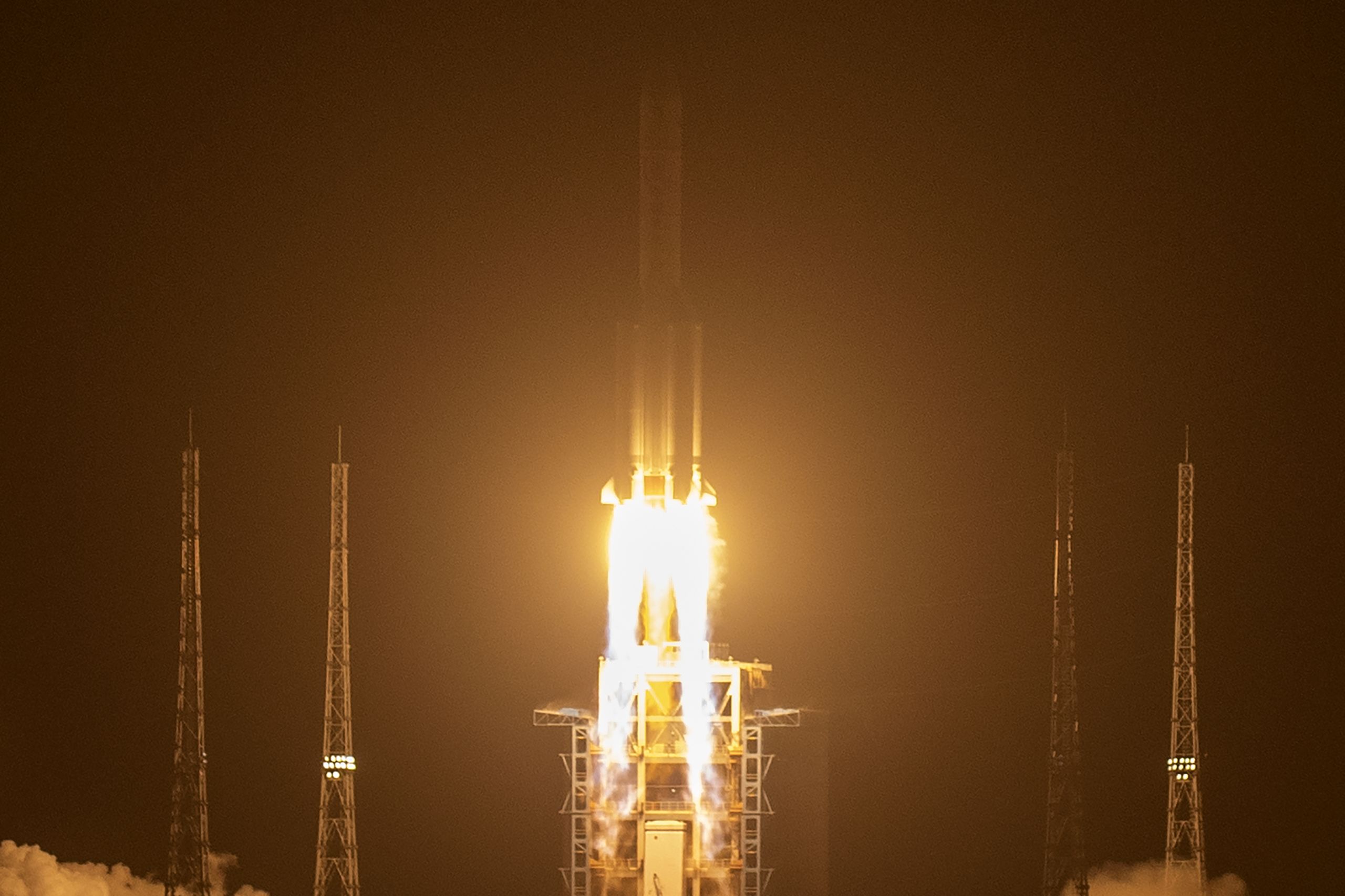
The Chang'e 5 lunar mission lifts off from Hainan on a Long March-5 rocket. /Mark Schiefelbein/AP
The Chang'e 5 lunar mission lifts off from Hainan on a Long March-5 rocket. /Mark Schiefelbein/AP
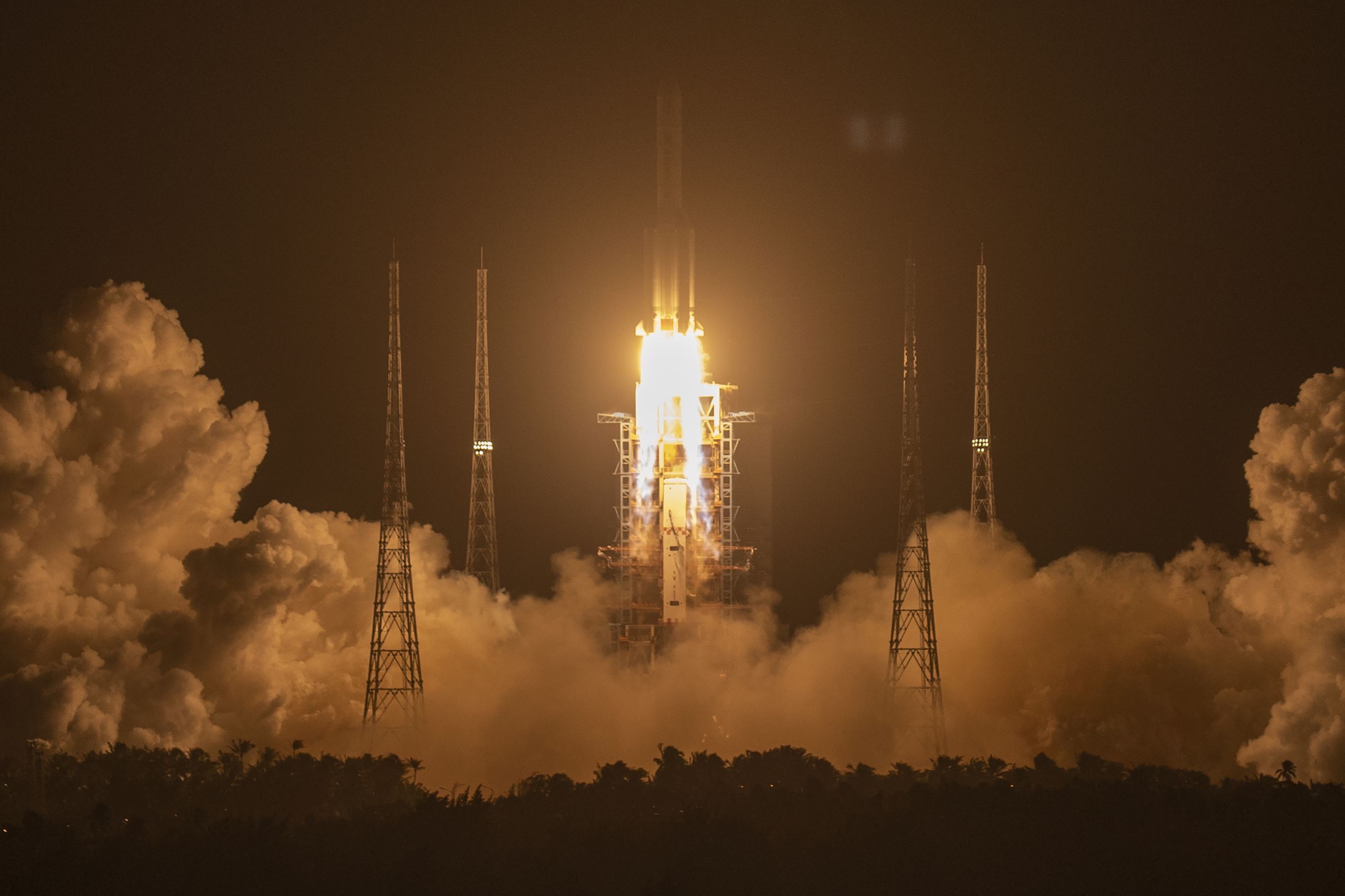
The Chang'e 5 lunar mission lifts off from Hainan on a Long March-5 rocket. /Mark Schiefelbein/AP
The Chang'e 5 lunar mission lifts off from Hainan on a Long March-5 rocket. /Mark Schiefelbein/AP
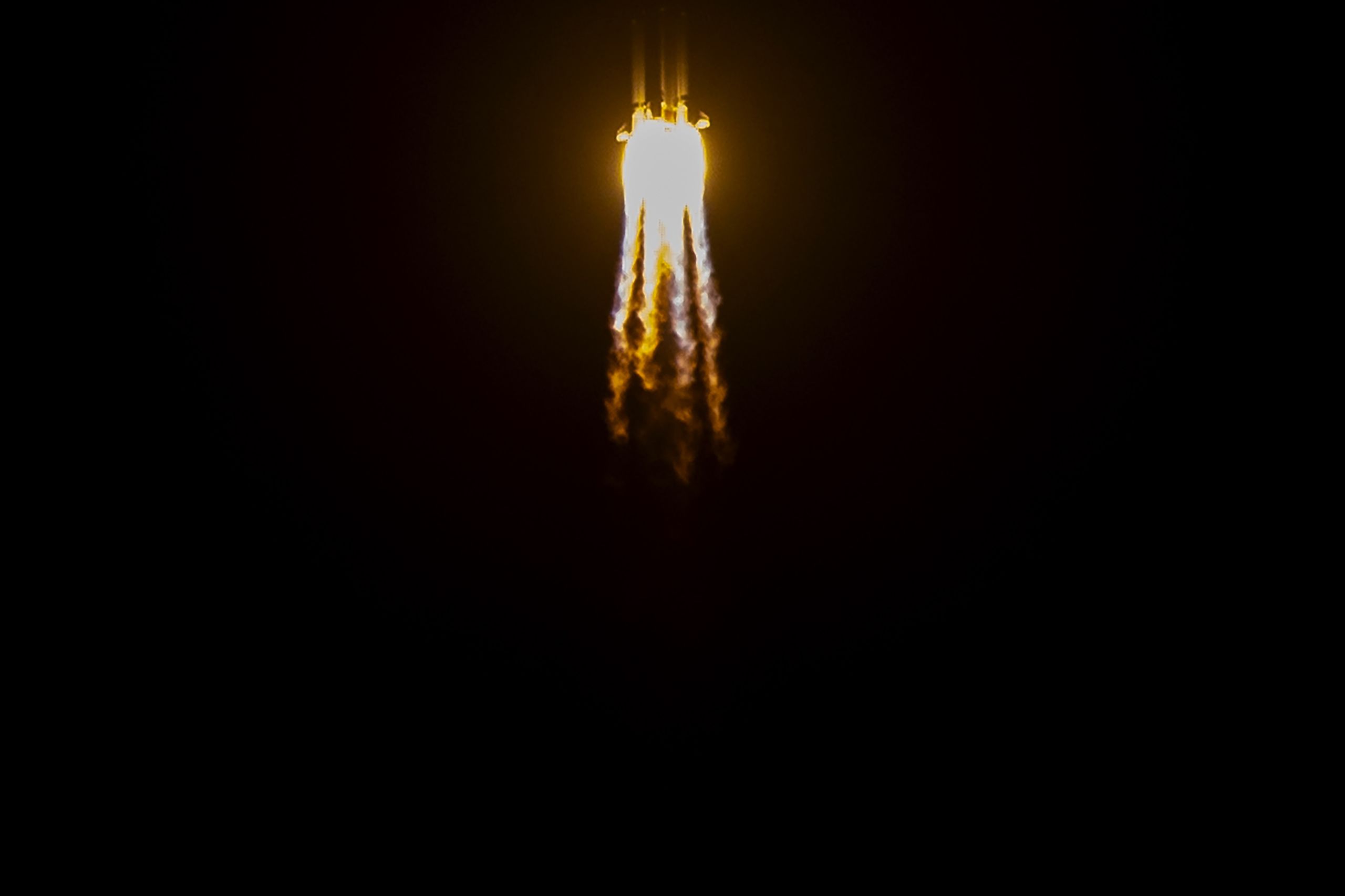
The Chang'e 5 lunar mission lifts off from Hainan on a Long March-5 rocket. /Mark Schiefelbein/AP
The Chang'e 5 lunar mission lifts off from Hainan on a Long March-5 rocket. /Mark Schiefelbein/AP
FOOTAGE Chang'e-5 sets off for the moon
FOOTAGE Chang'e-5 sets off for the moon
To the moon
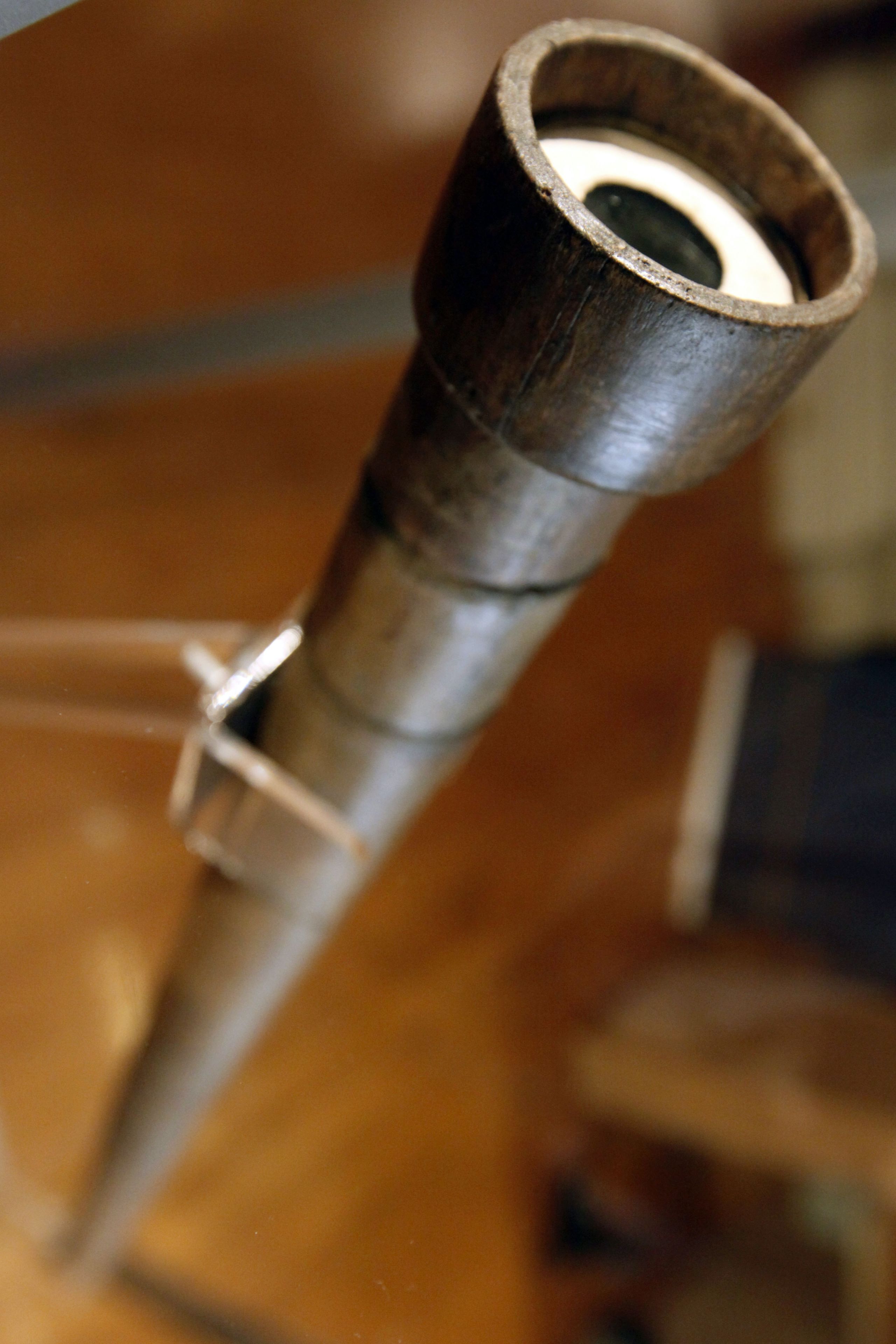
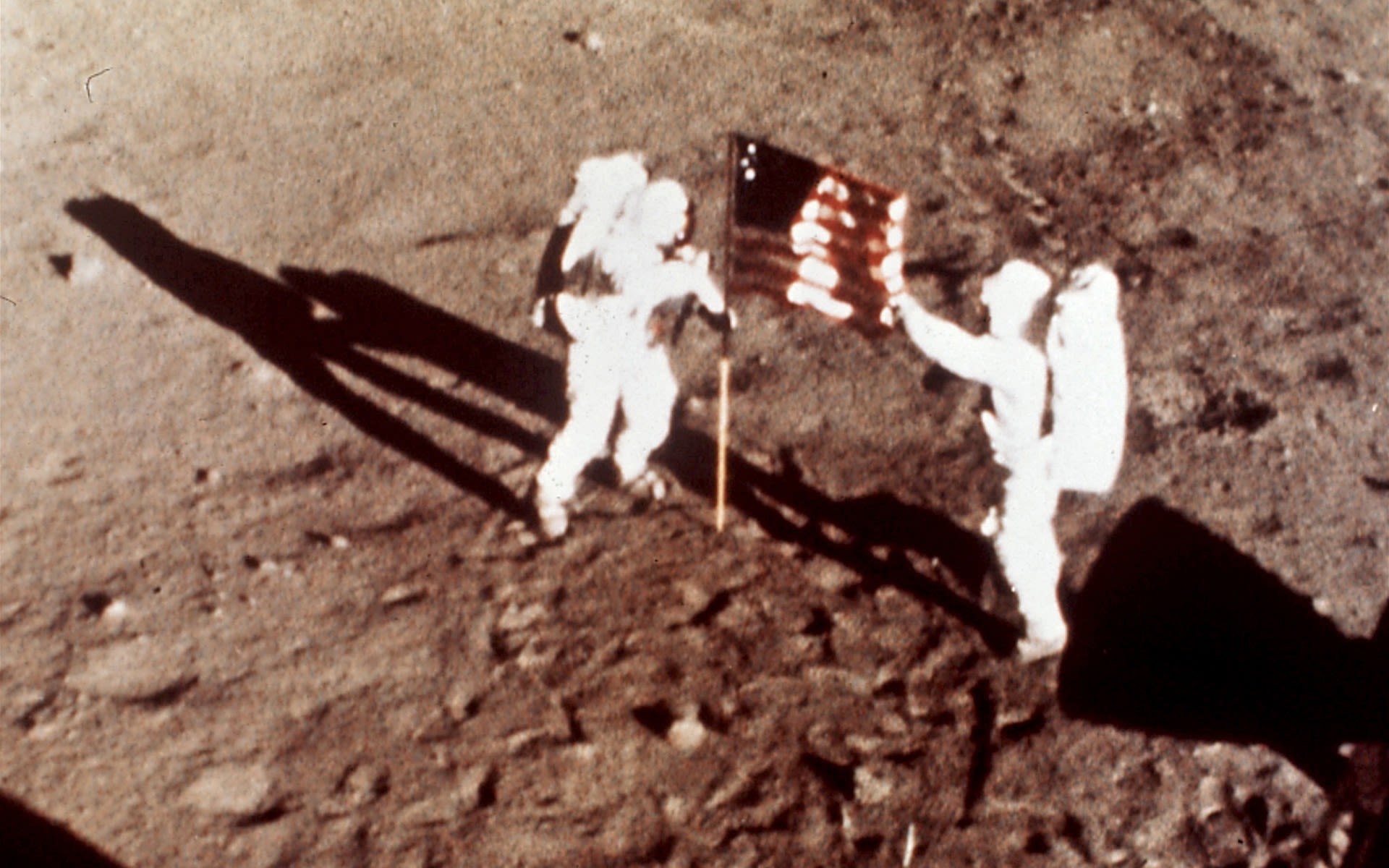
Neil Armstrong and Buzz Aldrin were the first humans on the moon, in 1969. /NASA/AP
Neil Armstrong and Buzz Aldrin were the first humans on the moon, in 1969. /NASA/AP
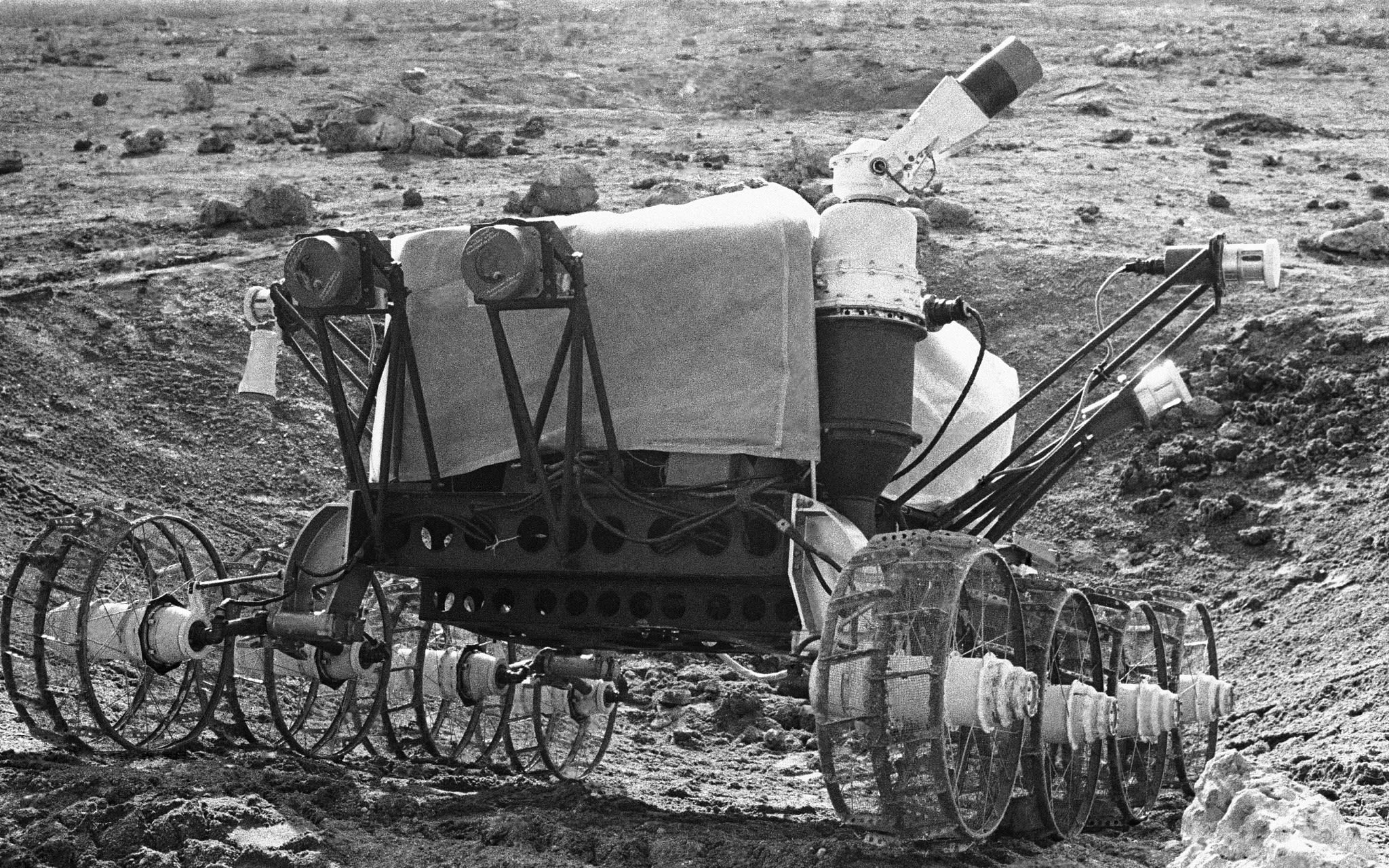
The USSR's Lunokhod-1 was the first wheeled rover on the moon, for 322 days in 1970/71. /Getty/CFP
The USSR's Lunokhod-1 was the first wheeled rover on the moon, for 322 days in 1970/71. /Getty/CFP
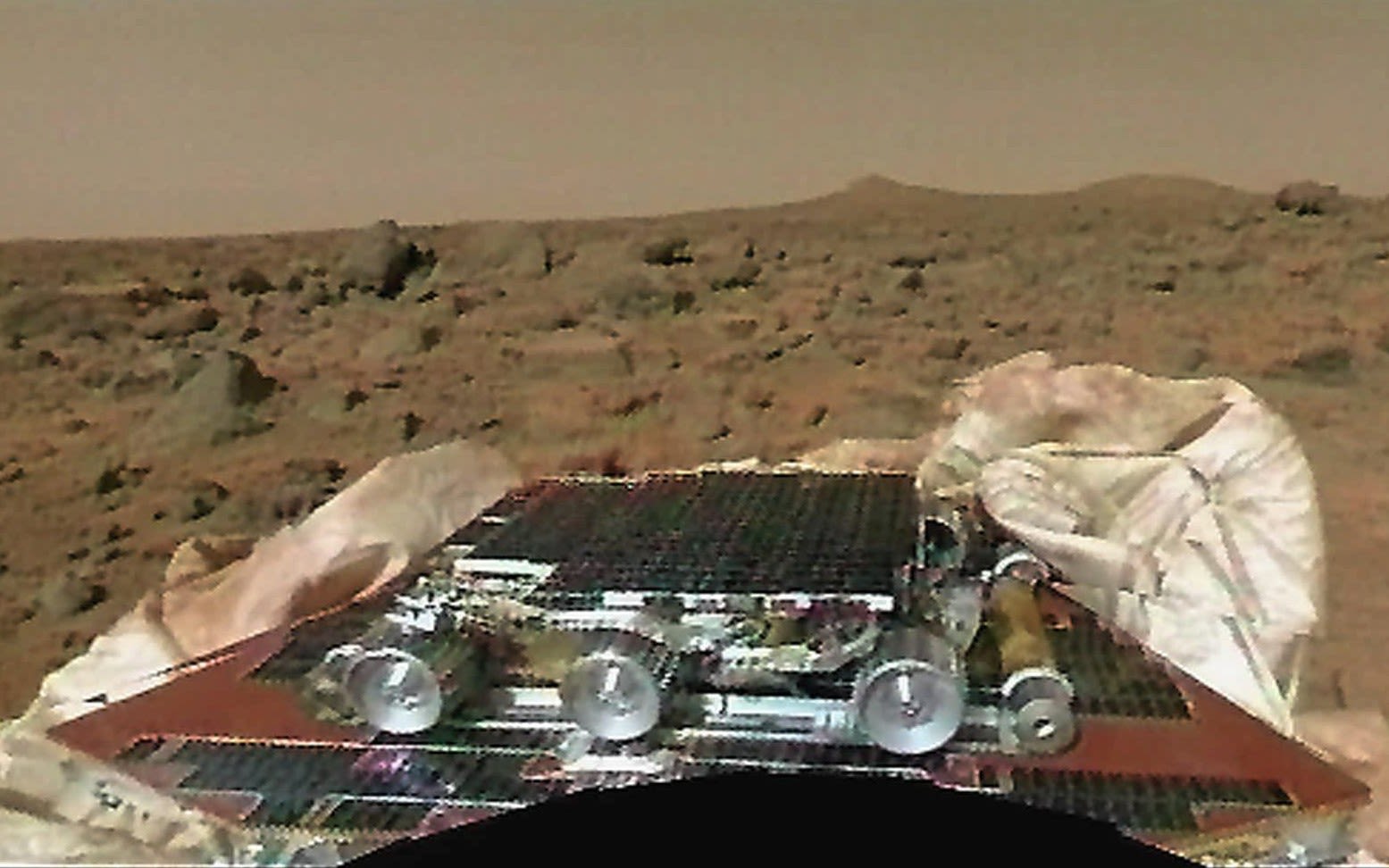
Sojourner landed on Mars in 1997, the first rover on another planet. /NASA/AP
Sojourner landed on Mars in 1997, the first rover on another planet. /NASA/AP
For all the millennia of upward peering, we didn't get a detailed view of the moon until 1609, when Italian astronomer Galileo Galilei first observed it via a telescope and discovered it has mountains and other features just like Earth. Since then our relationship with our celestial neighbour has only grown stronger.
Back in the 1960s and 1970s, government-run programs and Cold War rivalry fueled the desire to claim a 'first' in space exploration. When Apollo 11 touched down on July 20, 1969, Neil Armstrong became the first human on the moon.
The following year the Soviet Union put the first teleoperated rover on the lunar surface – Lunokhod 1. Lunokhod 2 followed in January 1973 and for decades, the Russian Lunokhods remained the only teleoperated rovers to be sent to another planetary body – until NASA's Sojourner rover was deployed by Mars Pathfinder in 1997.
While this excursion to the red planet was a game-changing moment, general interest in lunar exploration had waned until the 21st century, when the baton was taken up by private companies and another key state player: China.
In December 2013, the Chang'e-3 mission deployed its Yutu rover to the Mare Imbrium basin, where it remained in operation for 31 months – discovering, among other things, a new type of basaltic rock rich in ilmenite, a mineral which on Earth is a vital source of titanium.
China followed this in December 2018 with the more challenging Chang'e-4 mission, which deployed its Yutu-2 rover on the far side of the moon in January 2019. And now it's the turn of Chang'e-5 to dig into the lunar surface.
Even to get there, Chang'e-5 had to complete many complicated procedures. During lunar orbit, the spacecraft separated into two vehicles: the orbiter, retaining the Earth return capsule, remained above the moon while the lander, equipped with an ascent vehicle, touched down on December 1 on the near side of the moon.
VISUALIZATION Chang'e-5 reaches, and touches down upon, the moon
VISUALIZATION Chang'e-5 reaches, and touches down upon, the moon
VIDEO INTERVIEW Andrew Coates, University College London professor involved in multiple space missions
VIDEO INTERVIEW Andrew Coates, University College London professor involved in multiple space missions
Sampling the surface
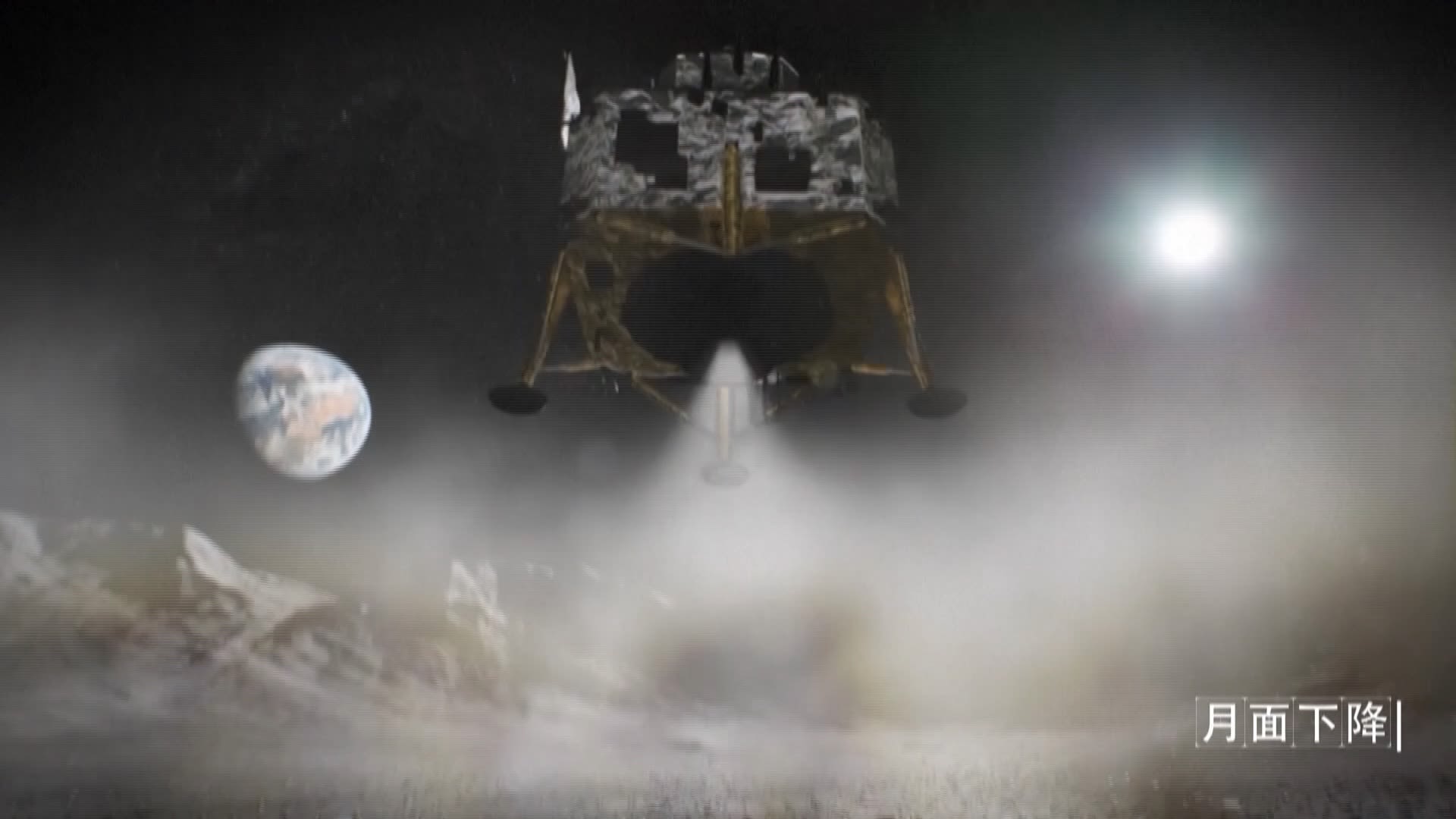
The landing site is a volcanic formation close to Mons Rümker situated in the Oceanus Procellarum. Named after the Latin for "Ocean of Storms," this is the largest dark spot on the moon, which researchers suspect may be a scar from a giant cosmic impact. They hope the lander will help them test that theory by expanding their knowledge of the moon – and beyond.
"You look at the number of craters, the cratering density on the moon, and compare that with other bodies in the solar system," explains Andrew Coates. And this doesn't just help scientists date the lunar surface.
"If you have a sample from somewhere, where know where it came from, so you have a context for the sample, that allows you to get a really good measure of more recent ages in the solar system, which we don't have at the moment. So actually, it will play a very important role both for lunar science, but also for science of other bodies in the solar system as well."
"It will be invaluable for science, for bringing [samples] back from the moon, from this relatively new area of volcanism"
Bringing back lunar samples is nothing new. The U.S. grabbed them by the sackful, with six Apollo missions retrieving a total of 382 kilograms; the Russians picked up around 300 grams on an unmanned mission.
The Chinese mission seeks to collect around two kilograms of samples, both by scooping up surface material and by drilling to a depth of up to two meters. The scooping is easier than the drilling – and as Andrew Coates confirms it will be for the Chang'e-5 lander.
"Drilling is very difficult," says Coates. "With a rover you can sort of decide where to drill quite well, but with a lander you won't have much choice: we'll just be getting a sample from the place where the spacecraft lands.
"Nevertheless, that will be invaluable for science, for bringing that back from the moon, from this relatively new area of volcanism."
New areas can mean new opportunities. Just as Chang'e-3 discovered titanium-bearing ilmenite in the Mare Imbrium, its younger sibling may well find minerals of interest in the Oceanus Procellarum, which is thought to contain a high concentration of earth elements. Back home, many eyes are watching with interest.
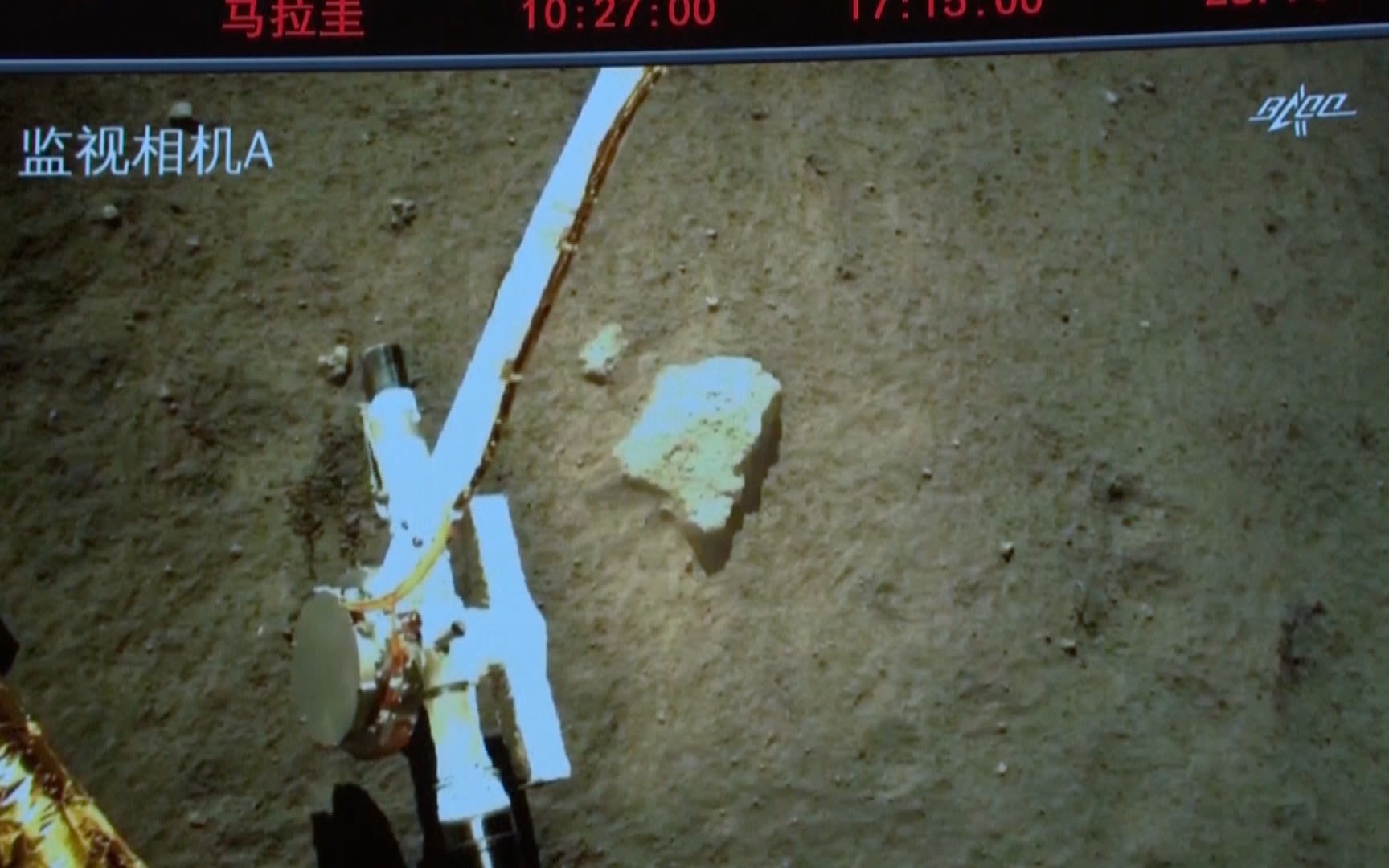
Chang'e-5 scrapes the lunar surface...
Chang'e-5 scrapes the lunar surface...
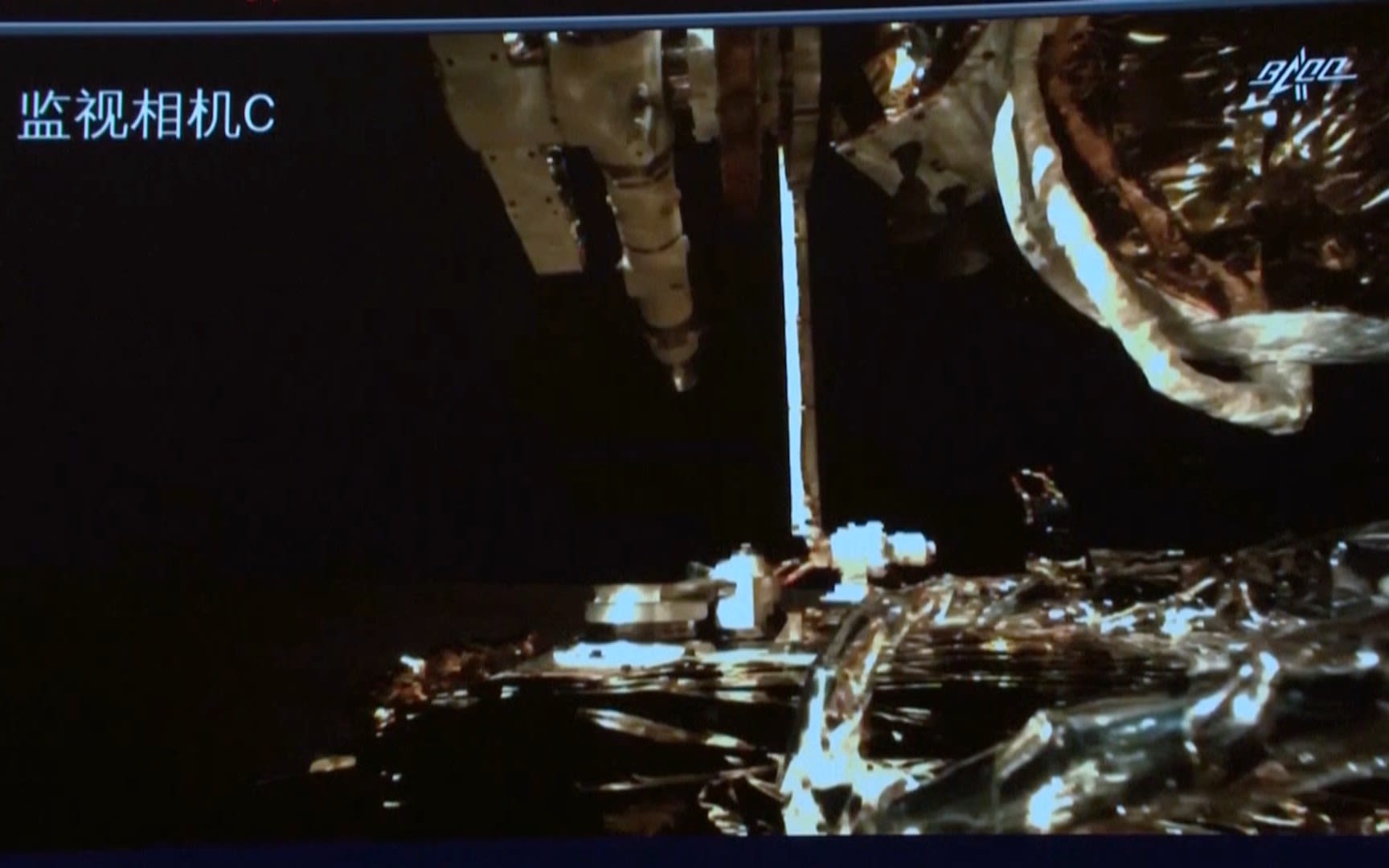
...lifts up the sample...
...lifts up the sample...
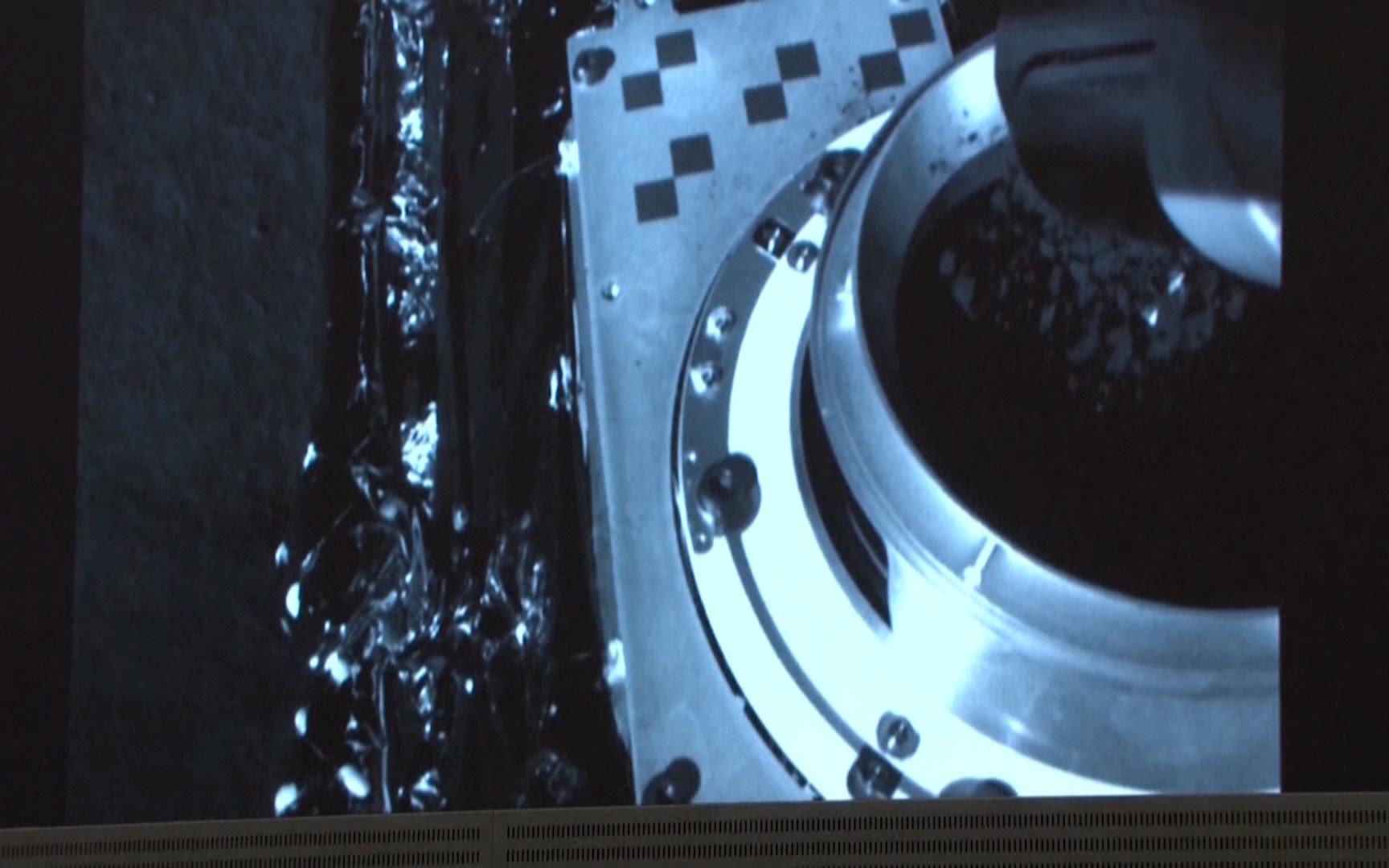
...and puts it into the hopper. /CCTV
...and puts it into the hopper. /CCTV
FOOTAGE Chang'e-5 collects samples from the moon's surface
FOOTAGE Chang'e-5 collects samples from the moon's surface
Collaboration and competition
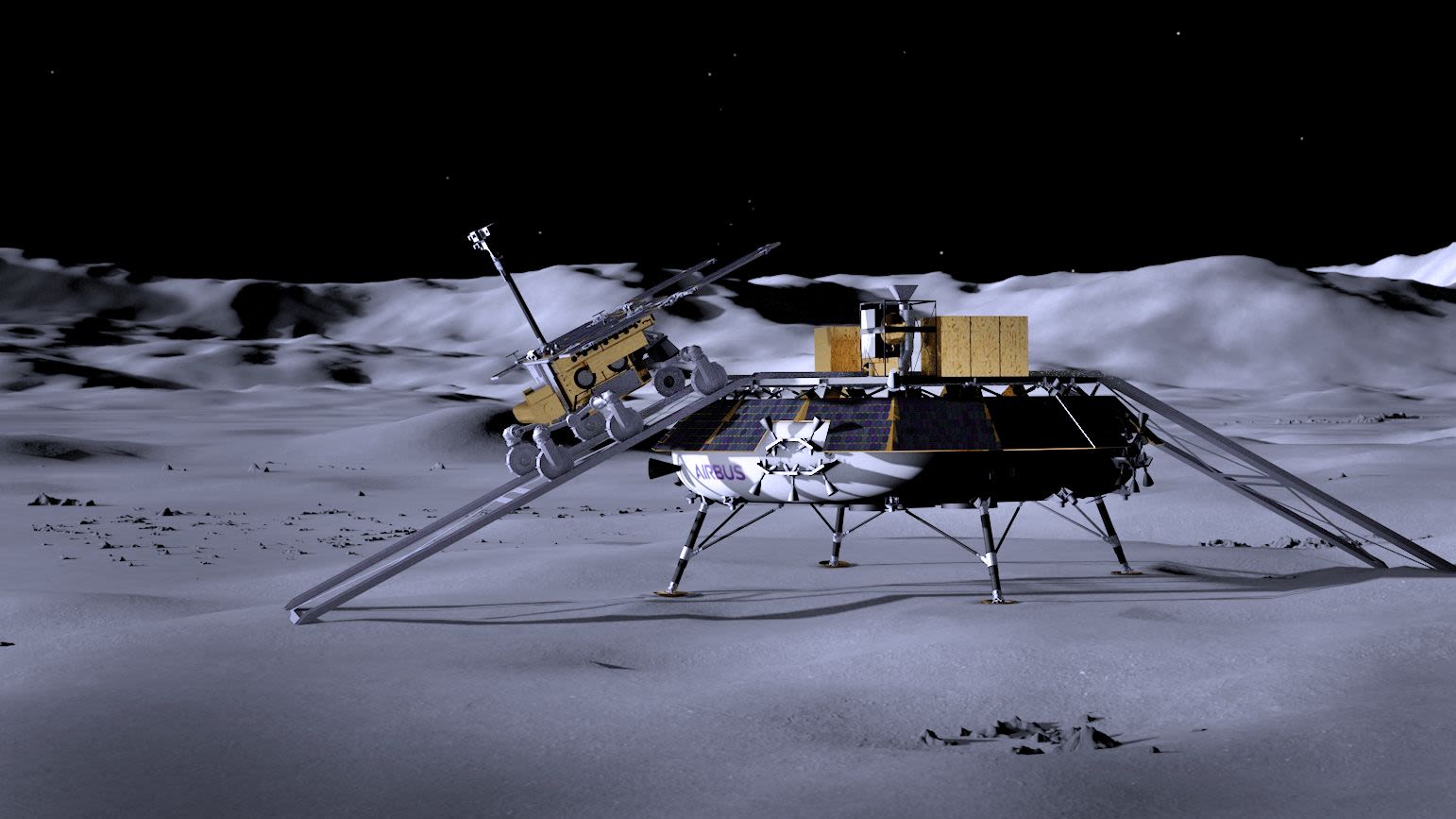
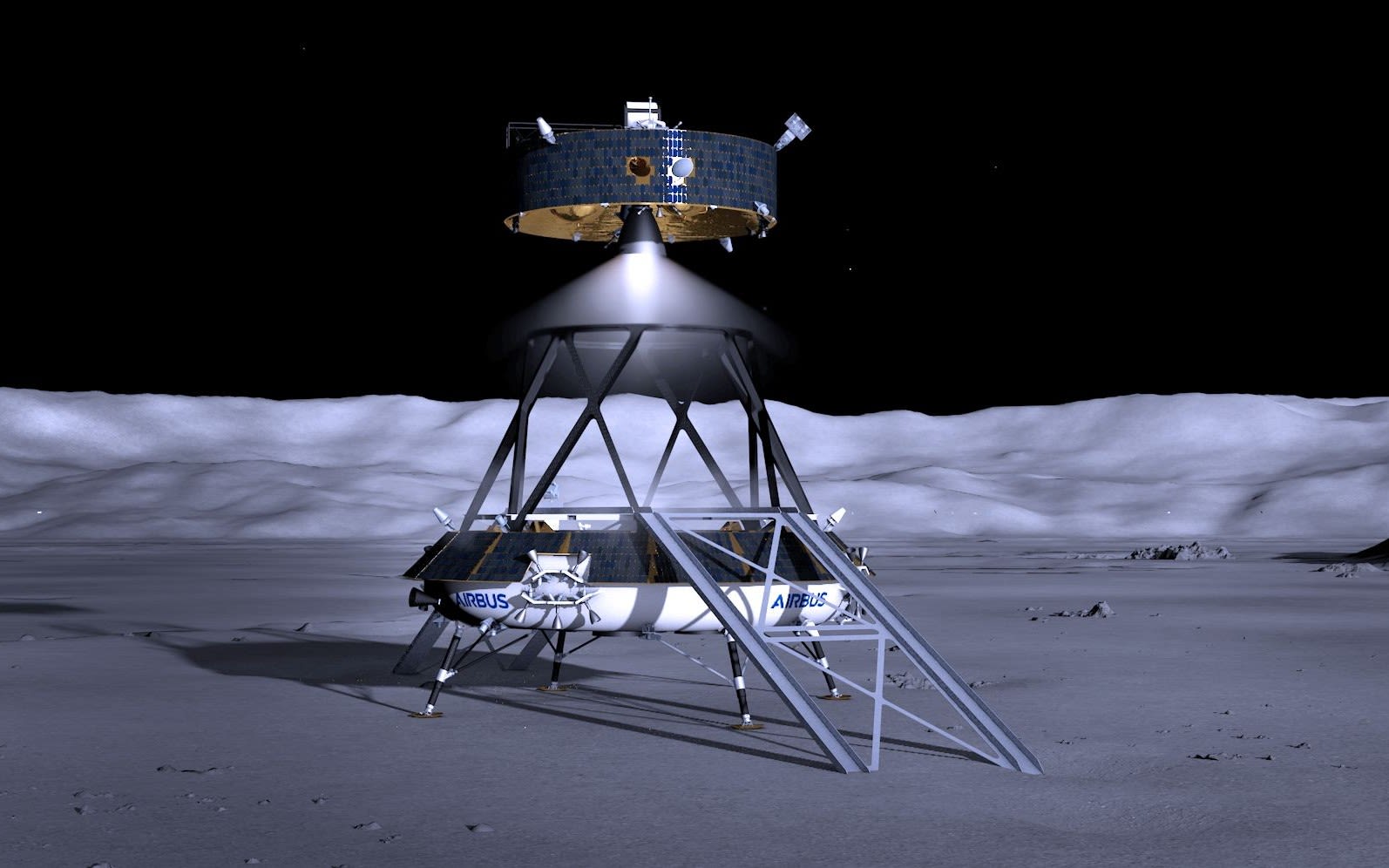
The ESA's Large Logistics Lander will allow for fascinating collaboration possibilities. /Airbus
The ESA's Large Logistics Lander will allow for fascinating collaboration possibilities. /Airbus
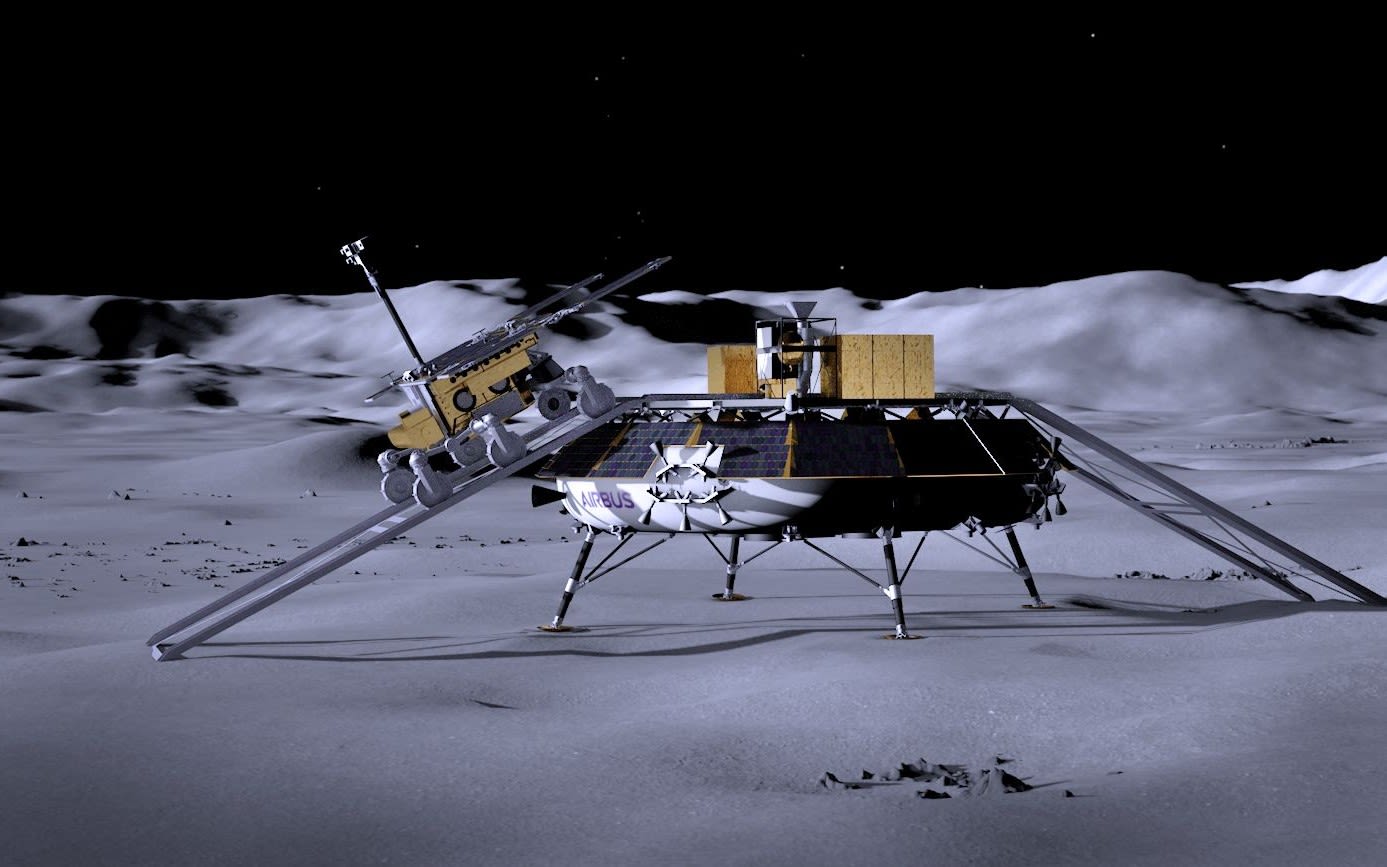
The ESA's Large Logistics Lander will allow for fascinating collaboration possibilities. /Airbus
The ESA's Large Logistics Lander will allow for fascinating collaboration possibilities. /Airbus
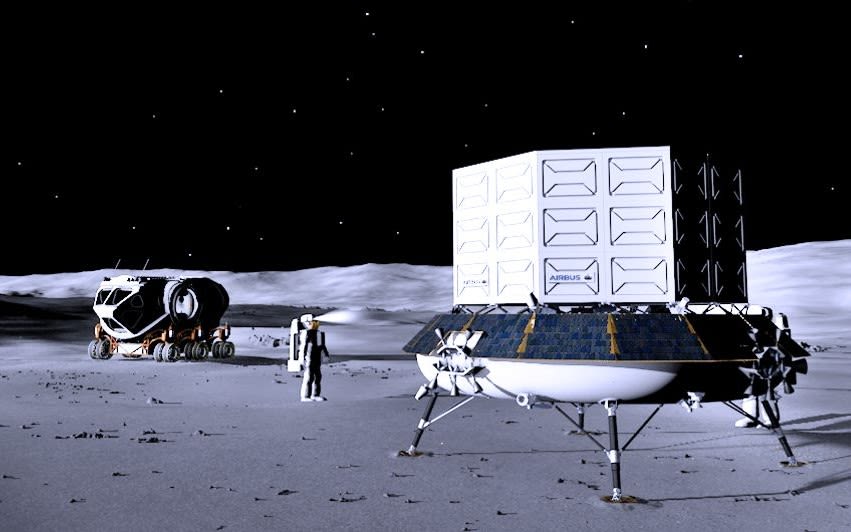
The ESA's Large Logistics Lander will allow for fascinating collaboration possibilities. /Airbus
The ESA's Large Logistics Lander will allow for fascinating collaboration possibilities. /Airbus
"Space exploration and space is a global endeavor by nature," says Silvio Sandrone. "Sometimes we cooperate, sometimes we compete and this is what makes us all more resilient. And even within Europe, we have different companies that vie for contracts but also work with each other under the aegis of the European Space Agency."
As the lead of the New Space Exploration Programmes of Airbus Defence and Space, Sandrone knows that the challenges facing Chang'e-5 aren't over once the sampling is done. In order to send the sample home, the ascender must make an automated lunar orbit rendezvous and transfer of materials to the service module.
"Docking in space is hard," says Sandrone. "It requires a lot of number-crunching to align the two orbits." Sandrone's team managed this with the ISS back in 2008, something SpaceX's Crew Dragon also achieved last year, but "Chang'e has to do it in lunar orbit, which is farther away, not in constant communication with the ground. The machine will have to be extremely autonomous and intelligent to do that."
The ambition of Chang'e is inspiring Sandrone, whose team is developing "the two European elements of the international Mars sample return mission, which will try to do something like Chang'e-5 but at Mars. You can imagine doing this kind of rendezvous and docking, using spacecraft built by two different space powers, the United States and the EU, at that distance."
"If you can land 1.7 tons of payload onto the lunar surface, there's an awful lot of things you can do"
Collaboration brings complexity but humankind's extraterrestrial explorations are far more cooperative now than during the Cold War space race. The different space agencies and companies often collaborate, and European scientists are expected to access these samples and work with Chinese teams on the subsequent research.
Furthermore, lessons learned on this mission may help Sandrone and Airbus design the European Large Logistic Lander or EL3, that the European Space Agency is expecting to launch around 2027. As the name suggests, it intends to significantly ramp up the possibilities of lunar exploration.
"If you can land 1.7 tons of payload onto the lunar surface, there's an awful lot of things you can do," says Sandrone. "You can do science of the moon, understanding its origin, its history, its composition. You can look up and explore the universe under perfect conditions. And, of course, you can scout for resources and you can start creating the foundations for a future settlement.
"But the ability to bring those 1.7 tons of stuff onto the lunar surface also makes you a fantastic partner for any other country or agency that is flying its own missions. You would dramatically expand and extend the capability of that mission."
VIDEO INTERVIEW: Silvio Sandrone, New Space Exploration Programmes lead, Airbus Defence and Space
VIDEO INTERVIEW: Silvio Sandrone, New Space Exploration Programmes lead, Airbus Defence and Space
The little guy
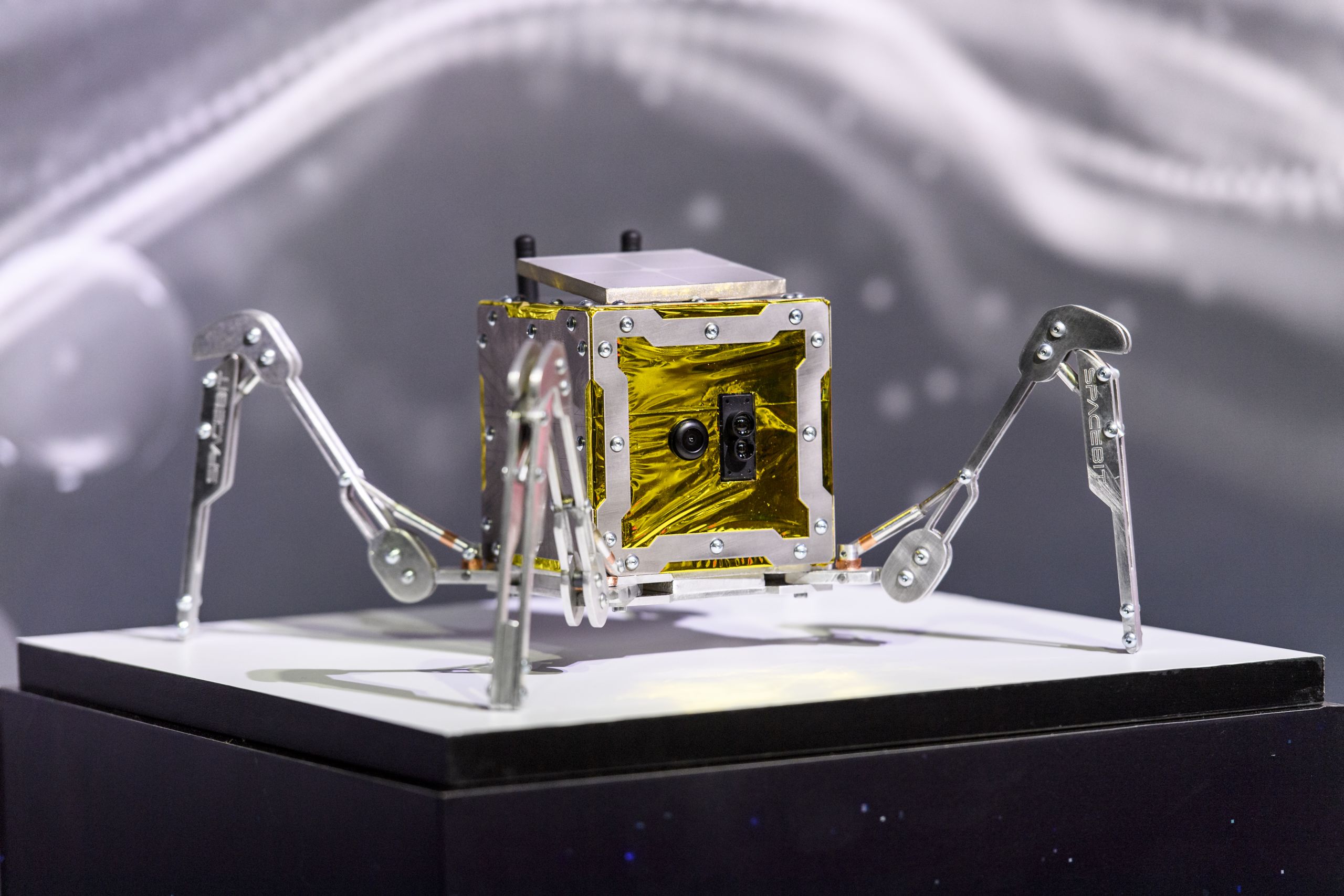
However, not everybody is thinking big – in terms of scale, if not ambition. Creeping up on the competition is Asagumo, built by space robotics technology developer Spacebit.
"In the past, space exploration was only open to large corporations or countries," says Spacebit CEO Pavlo Tanasyuk. "But at the moment, even small start-ups can do something in space: our company is one of the prominent examples."
Spacebit was founded just under six years ago, and in 2021 is scheduled to send the UK's first rover to the moon – and Asagumo has a significant, perhaps counterintuitive, point of difference.
"In the past, all the rovers have used wheels," says Tanasyuk. "Our rover is quite different because we're planning to use legs instead of wheels. That's a challenge on its own, because no one has ever tried to walk on other planets."
More robot than rover, Asagumo is currently undergoing tests for radiation, vibration and thermal balance. There are several motors in the legs so Spacebit designed a heat transfer technology to keep them cool.
As is so often the case with robots, the idea is to boldly go where no humans can – or at least, have done yet. Asagumo's goal is to explore lava tubes. Natural conduits formed beneath the hardened surface of a lava flow, lava tubes are often just a meter or two across on Earth; formed under the lower gravity of the moon, they can be hundreds of meters wide and over a kilometer long, with obvious potential to form excellent shelters for astronauts and equipment in the long term.
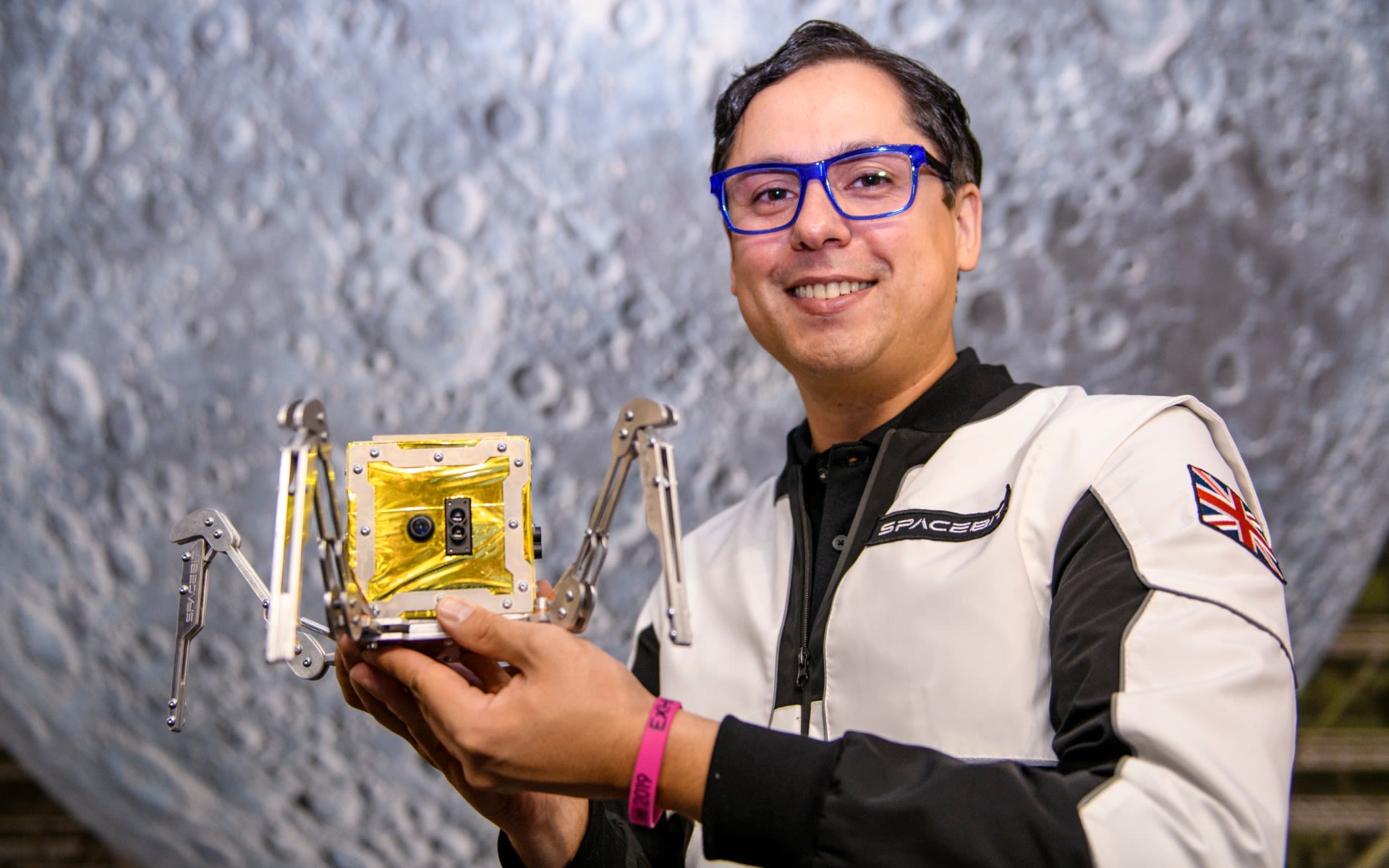
Spacebit CEO Pavlo Tanasyuk holds up Asagumo, designed to walk the lunar surface. /Spacebit
Spacebit CEO Pavlo Tanasyuk holds up Asagumo, designed to walk the lunar surface. /Spacebit
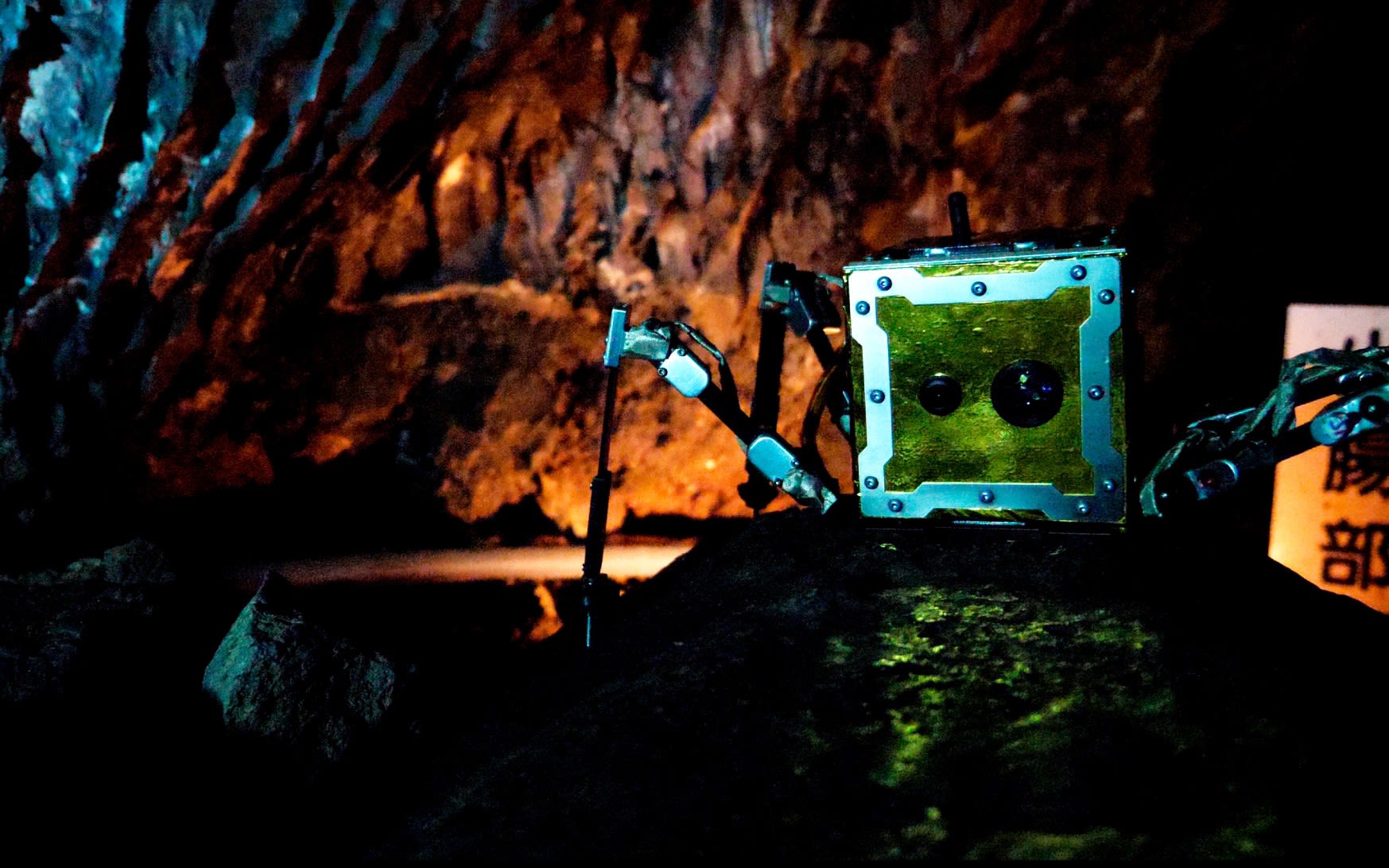
Asagumo has been practising moonwalks in a Japanese cave. /Spacebit
Asagumo has been practising moonwalks in a Japanese cave. /Spacebit
VIDEO INTERVIEW: Pavlo Tanasyuk, CEO of Spacebit
VIDEO INTERVIEW: Pavlo Tanasyuk, CEO of Spacebit
Destination moonbase
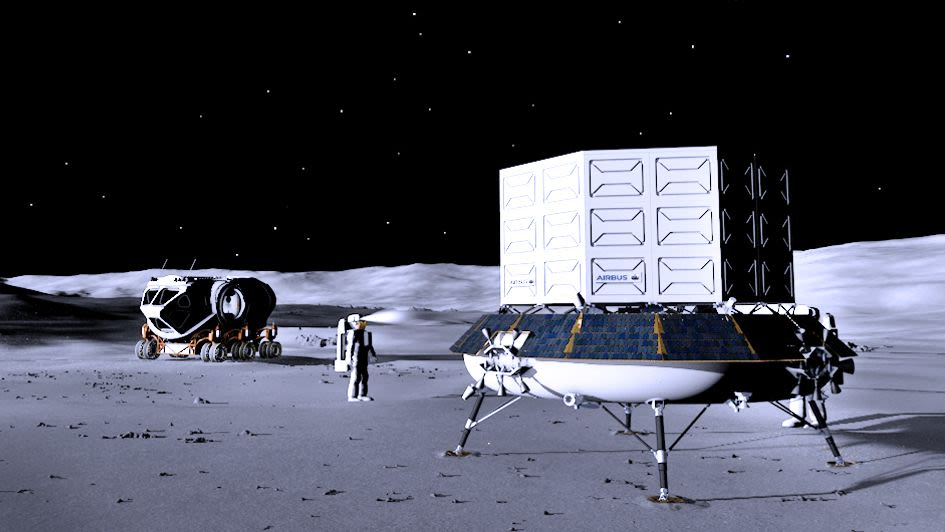
"Having a lunar gateway in orbit somewhere near the moon will enable exploration of the moon... possibly even setting up a human base there"
By contrast, Chang'e-5 will not be staying long. Without heating units it can only withstand one lunar day – about 14 Earth days. However, the capabilities of future missions will change if China succeeds in establishing an international research station on the lunar surface.
For many experts, it's no longer science fiction to project the establishment of a moonbase: the question is not so much if as when – or perhaps what exactly it will be for.
"There are some plans in the West, having a lunar gateway in orbit somewhere near the moon," says Andrew Coates. "It will enable exploration of the moon, possibly sending further missions and landers, possibly even setting up a human base there.
"The possibility of having people there could enable larger experiments: for example, astronomy on the far side of the moon, which means you cut off the interference associated with Earth."
For Sandrone, the initial inhabitants might not be human; perhaps the first lunar settlers to create a foot-hold in a new world will be more like Asagumo. "The way it's going, I think the first settlers will be machines – extremely capable and autonomous machines," says Sandrone. "Humans will come later, once the machines have prepared the terrain and have done a lot of stuff."
Sandrone is hugely excited by the possibility of this new chapter in our story. "Can you imagine what a lunar settlement could do for our philosophy, for our societal transformation? This new context, this new mix – and thanks to virtual reality and massive data communication, even being on Earth, we'll be able to experience that kind of lunar village. This will transform our societies on Earth."